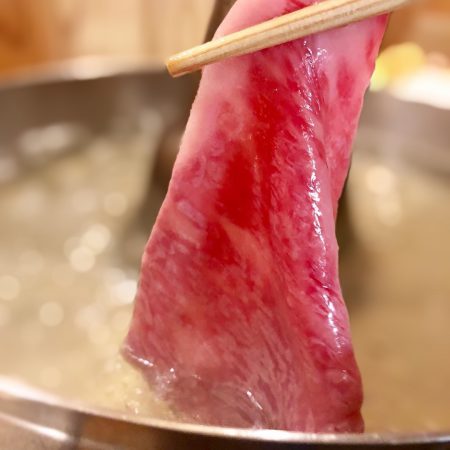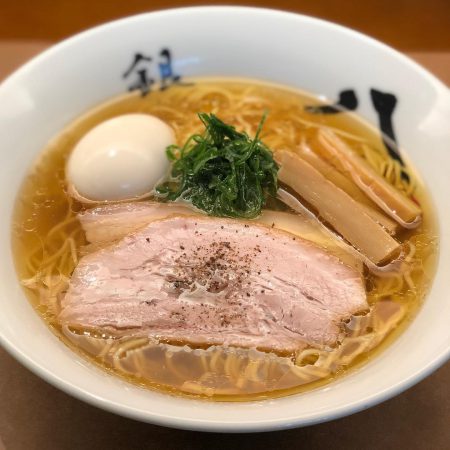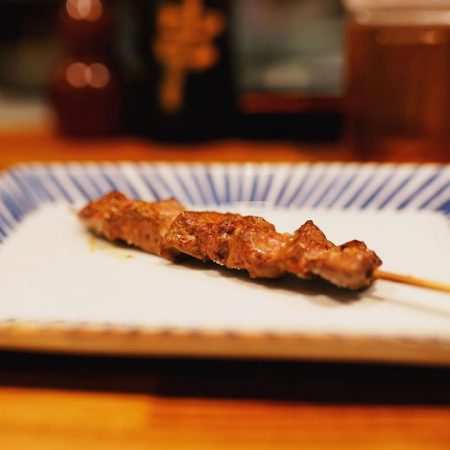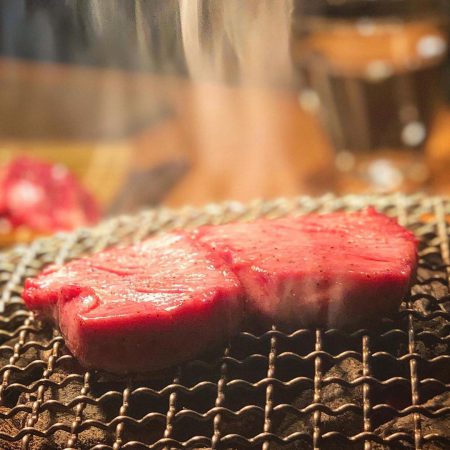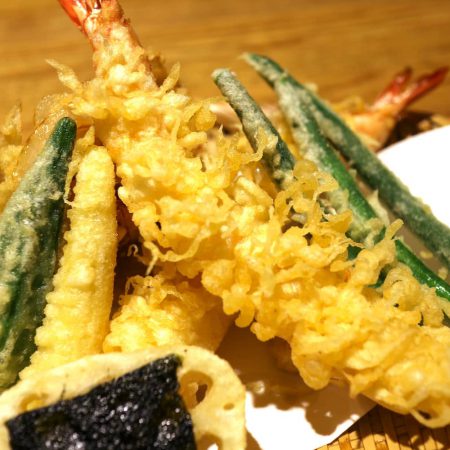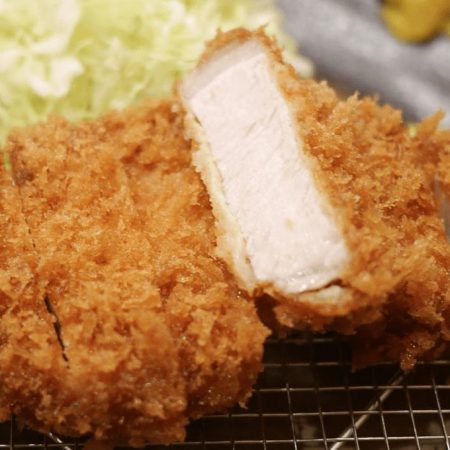Kappo
Interactive Experience with the Kappo Chef
Kaiseki is an artistically prepared, multi-course, meal. Think of kaiseki as Japanese haute cuisine; a culinary experience with meticulous attention to detail and exquisite artistry. The ceremonial preparation and presentation is somewhat similar in style to the Japanese tea ceremony, the way of tea. Kaiseki incorporates the “ichiju sansai” (“one soup, three sides”) formula, which is the foundation of Japanese cuisines. This process typically consists of miso soup, sashimi, a simmered dish, and a grilled item. Rice and pickled vegetables are always part of every meal, but the soup and other dishes change depending upon the season. Another feature that characterizes kaiseki is the elegant presentation of the dishes.
Kappo, which literally means to “cut and cook,” is a sophisticated restaurant style that features chef-selected, kaiseki meals and either counter or table seating. A distinctive feature is the proximity of the customers to the chef preparing the meal. Typically, there are no employees dedicated to taking orders or serving food; the chef interacts directly with the customers. In addition to taste, a kappo chef focuses on presentation of dishes in such a way as to fully convey the art of Japanese cuisine in an elegant and traditional setting. Kappo dining is a rare experience for ordinary Japanese. This type of restaurant is favored by politicians, elite bureaucrats, and top businessmen. Be aware that the high quality of food and service comes with a comparable price.
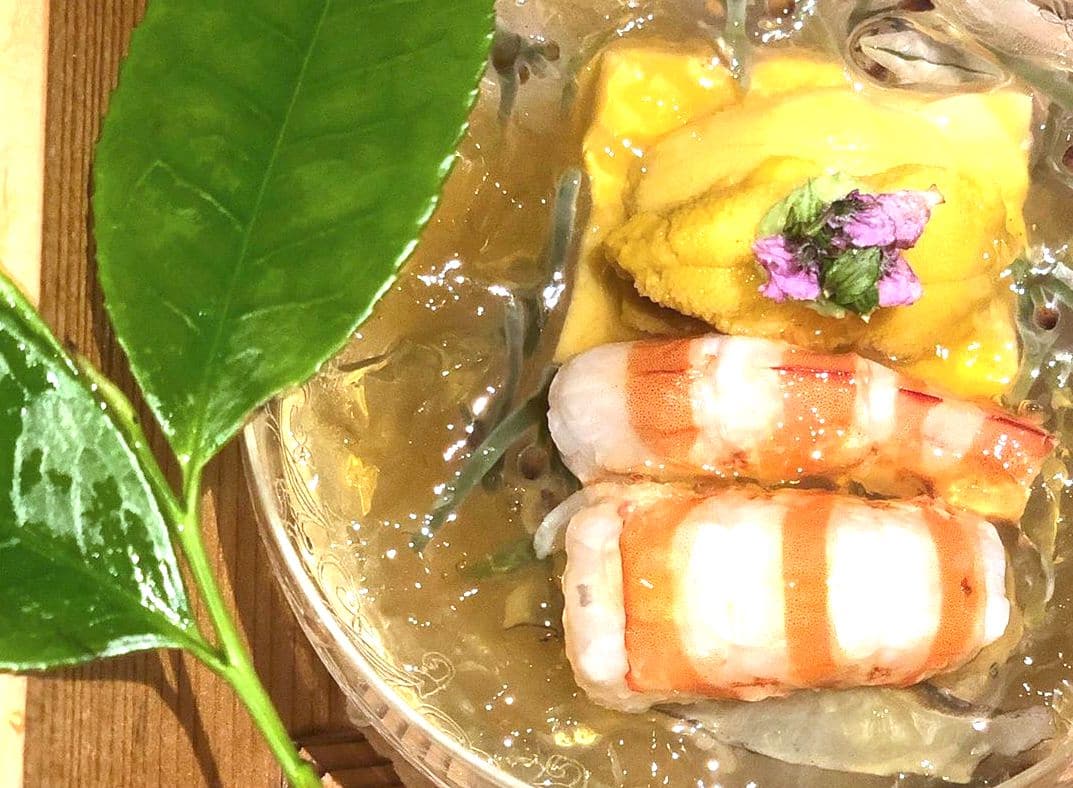
Ryotei
A First-Class Traditional Restaurant
Ryotei is a high-end, traditional restaurant which serves Kaiseki style: an artistically prepared, multi-course meal. Unlike kappo, a ryotei serves kaiseki in a private tatami room with a tokonoma (an elevated alcove). Ryotei is more than just serving kaiseki in an artistic fashion. The setting and furnishings are also critical to setting the mood: a stunning traditional architecture, a serene Japanese garden, sophisticated furniture, and carefully-selected utensils. It is said that Ryotei began to appear in the Edo period (1603-1868). It was known as a place for high ranking samurai and daimyo (feudal lords) to dine. Dishes are served by an Okami (proprietress) or a Nakai (waitress) who is in charge of the room. This exclusive dining often combines a genuine Geisha (literally, art person) performance. Ryotei is often used by politicians, top businessmen, elite bureaucrats, and celebrities who desire to hold meetings or banquets behind closed doors with a guarantee of privacy. Don’t expect to walk into a Ryotei off the street even if you fit one of these elite categories in your own country. If you get lucky and are invited by a special Japanese friend, you are in for an incredible experience.
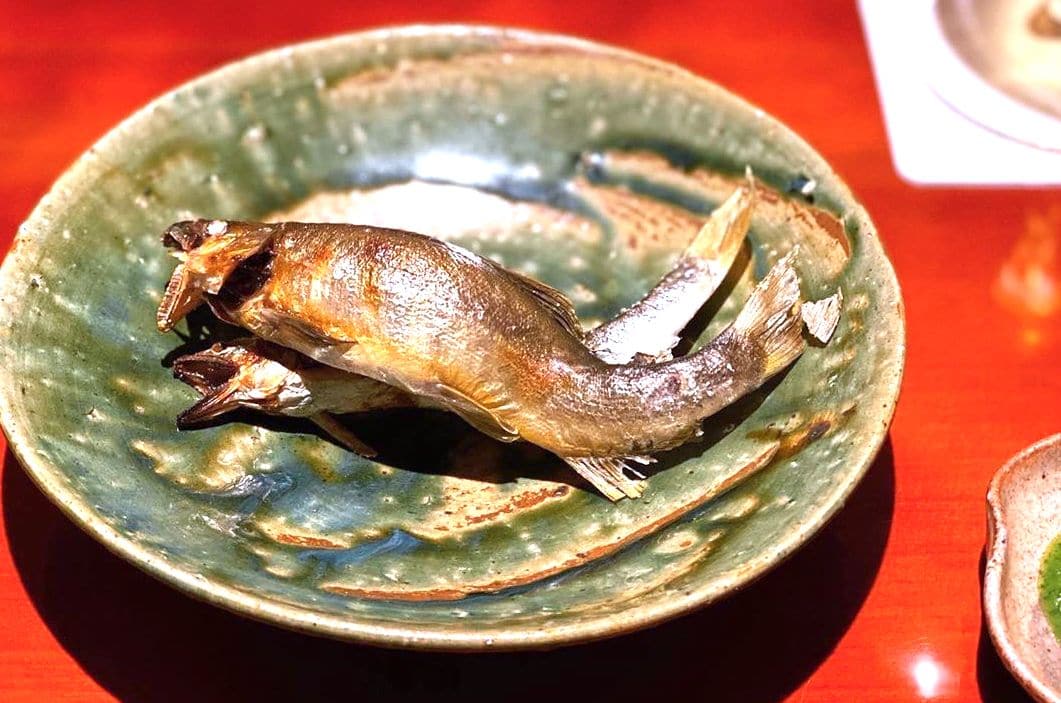
Izakaya
Japanese Drinking Restaurant
No trip to Japan would be complete without visiting an izakaya. Izakaya is a category of traditional Japanese dining and drinking establishment. In many ways, izakaya are at the opposite end of the formality scale as kappo and ryotei. An izakaya is a type of informal restaurant that serves alcoholic beverages with a stream of small, inexpensive, specialty dishes. Izakaya offer a casual, friendly, and welcoming atmosphere for a wide assortment of customers. Reservations are not needed: it is first come, first seated. Izakaya are popular among salarymen, office ladies, dating couples, tourists, and families.
Izakaya date back to the Edo period when sake merchants began to offer small appetizers, known as tsumami, for nibbling with drinks. The menu is usually extensive with offerings ranging from Japanese to western style finger foods. Customers can order their preferred dishes one-by-one or all at one time. They can order as much or as little food as they desire. One can enjoy a full meal or simply some appetizers to go with drinks. Common food items include: edamame, sashimi, yakitori, grilled meat and seafood, vegetarian options, rice, and noodle dishes. Dishes are shared among tablemates rather than eaten individually.
In some ways, the distinction with specialty establishments can be confusing; for example, a sushi restaurant is not an izakaya, but some izakaya restaurants serve sushi. Soba and ramen restaurants also serve alcohol, but they are too specialized to be categorized as izakaya. Unlike more specialized restaurants, izakaya serve a variety of nibble foods. Izakaya are distinguished from bars and pubs in that more opportunities for privacy and food variety are generally available. You may wish to visit early in your trip since the experience can be addictive.





